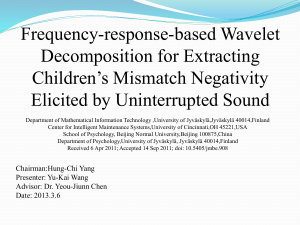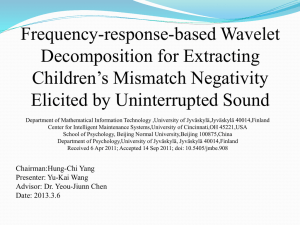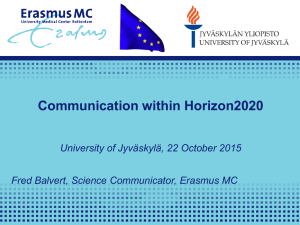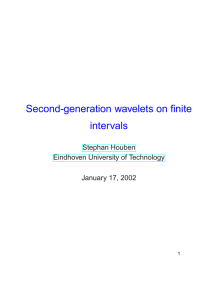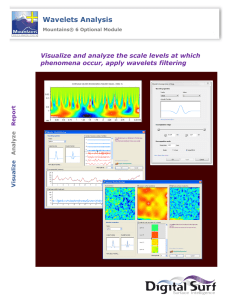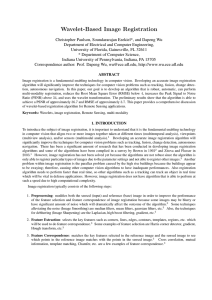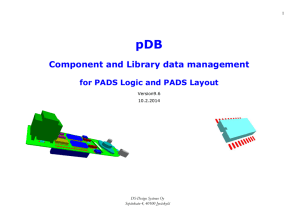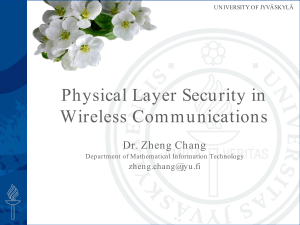Frequency-response-based Wavelet Decomposition for Extracting Children’s Mismatch Negativity Elicited by Uninterrupted Sound
advertisement
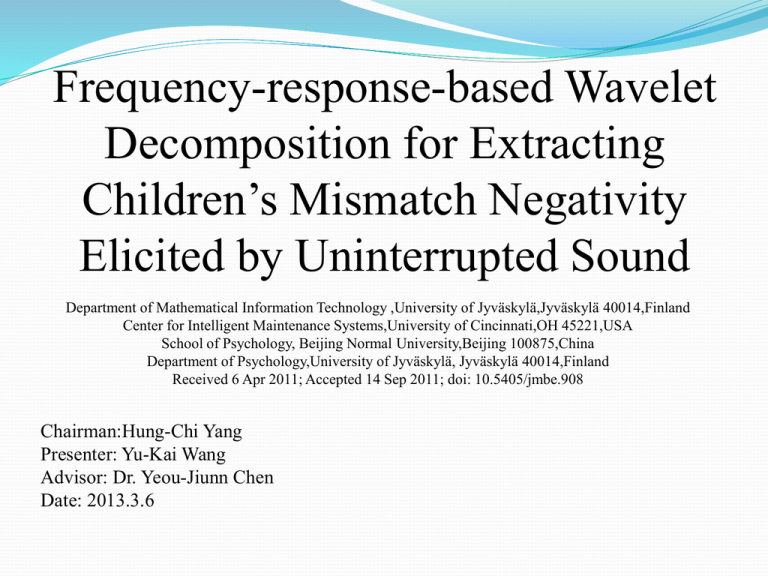
Frequency-response-based Wavelet Decomposition for Extracting Children’s Mismatch Negativity Elicited by Uninterrupted Sound Department of Mathematical Information Technology ,University of Jyväskylä,Jyväskylä 40014,Finland Center for Intelligent Maintenance Systems,University of Cincinnati,OH 45221,USA School of Psychology, Beijing Normal University,Beijing 100875,China Department of Psychology,University of Jyväskylä, Jyväskylä 40014,Finland Received 6 Apr 2011; Accepted 14 Sep 2011; doi: 10.5405/jmbe.908 Chairman:Hung-Chi Yang Presenter: Yu-Kai Wang Advisor: Dr. Yeou-Jiunn Chen Date: 2013.3.6 Outline Introduction Purposes Materials and Methods Results Conclusions Material and Methods Figure 3 shows The magnitudes of frequency responses of WLD for 110 wavelets Decomposed into seven levels reconstruction Material and Methods For the filter, the stop band can be defined to be at the frequency whose gain is below -20 dB In order to separate the responses of repeated stimuli and the MMN The stop frequency should be around 8.5 Hz This is the first criterion for choosing a suitable wavelet Material and Methods Figure 4 shows The frequency responses with gains of -20 dB and 0 dB for each wavelet, respectively 24 wavelets were chosen, all had a 0-dB gain at around 2 Hz
